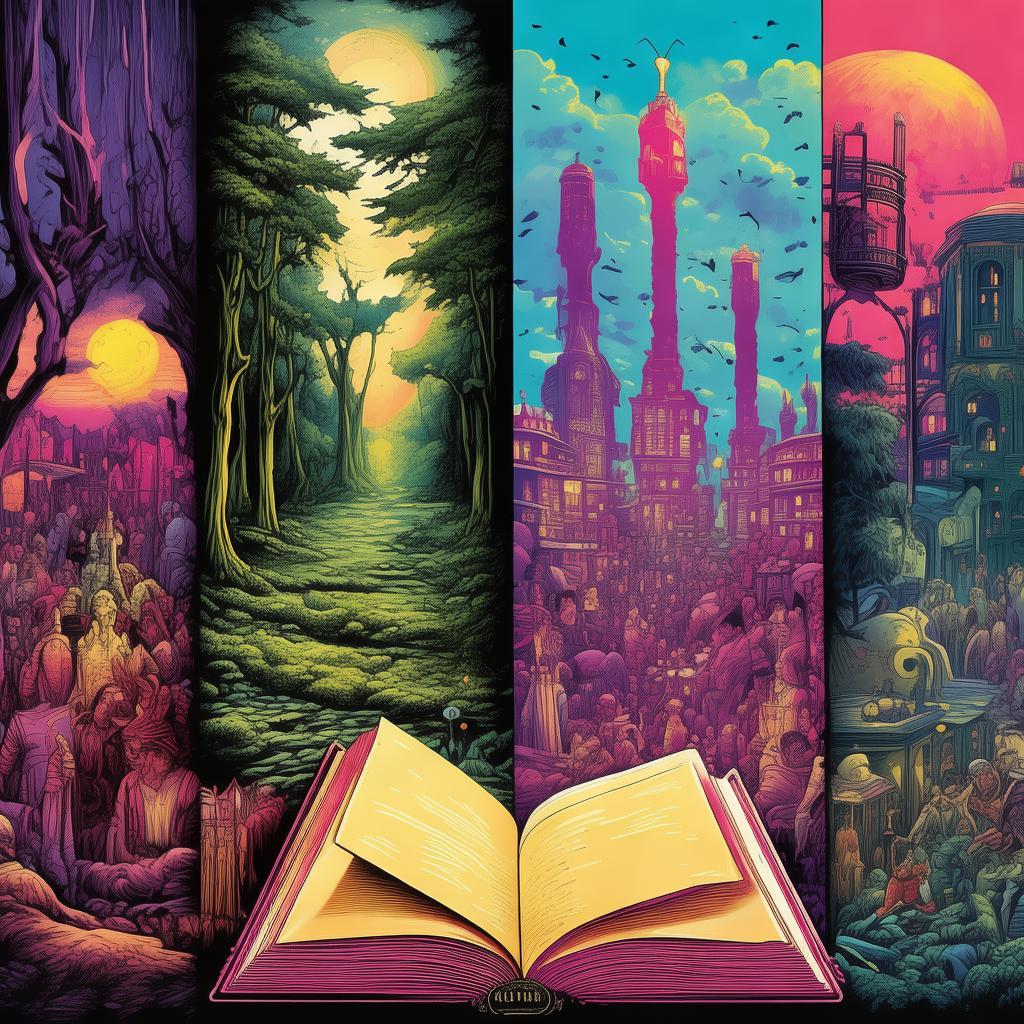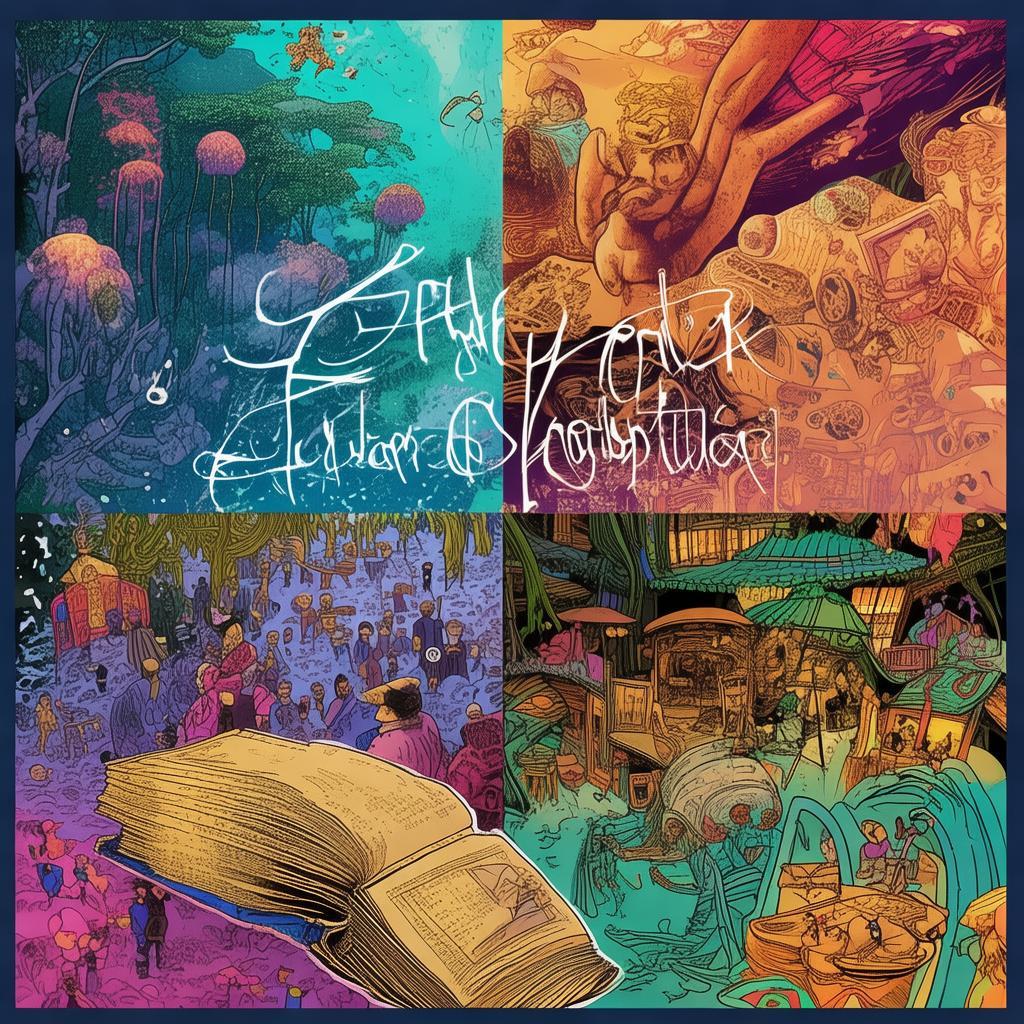The Xishi Controversy: The Fabled Frown's Legacy
In the heart of Hangzhou, where the West Lake is as serene as the history it holds, an old, dusty gallery stood forgotten. Its walls were adorned with the silent testimonies of bygone eras, each painting a whisper of the past. But one particular canvas had been shrouded in mystery for centuries: the portrait of Xishi, the legendary beauty whose fabled frown could move mountains.
The gallery's owner, a grizzled historian named Mr. Chen, had always believed the painting to be a forgery, a mere imitation of the real thing. But when a wealthy collector, Mr. Li, offered an exorbitant sum for the painting, Mr. Chen's life took an unexpected turn.
"Mr. Chen, I have seen the painting. It is no forgery. It is the real thing," Mr. Li declared, his eyes gleaming with the thrill of discovery.
Doubt gnawed at Mr. Chen's mind. He had spent years studying the history of Xishi and the art of her time. Could it be possible that he had overlooked something so significant?
The gallery was soon swarmed with art experts, scholars, and journalists, all eager to uncover the truth behind the painting. Among them was a young forger named Mei, whose life was a tapestry of lies and secrets. She had seen the painting before, in a dark alleyway, where it had been sold to her by a shadowy figure.
"Xishi's frown is the key," Mei whispered to herself, her eyes tracing the intricate details of the portrait. "It's the only thing that sets this painting apart from the others."
As the controversy grew, so did the stakes. Mr. Li, desperate to prove the painting's authenticity, offered Mei a deal she couldn't refuse. In exchange for her expertise, she would help him secure the painting and cement his legacy as the greatest collector of all time.
Mei agreed, but her heart was heavy. She knew the risks, and she knew the truth: the painting was a forgery, a masterpiece of her own creation. She had spent years perfecting her craft, but this was her most ambitious project yet.
As the plot thickened, a mysterious woman named Li Hua appeared. She claimed to be a descendant of Xishi, and her presence in the gallery was no accident. Her eyes, like Xishi's, were deep and enigmatic, and she knew more about the painting than anyone else.
"I have seen the fabled frown," Li Hua said, her voice a soft whisper that echoed through the gallery. "It is a curse, a reminder of the power of beauty and the fragility of life."
Li Hua's words were a challenge to Mei, a reminder of the cost of her ambition. She had become consumed by her desire to outdo everyone, to leave her mark on the world. But at what cost?
The climax of the story arrived when Mei, driven by a mix of guilt and ambition, decided to reveal the truth. She confronted Mr. Li, the forger, and Li Hua, the descendant of Xishi, in a dramatic showdown that would change their lives forever.
"I created this painting," Mei admitted, her voice trembling. "But I didn't create the fabled frown. It was always there, in the hearts of those who believed in Xishi."

Li Hua nodded, her eyes softening. "Xishi's legacy is not in the painting, but in the stories we tell. In the beauty that lives on in the hearts of those who love."
As the truth came to light, the painting lost its allure. It was no longer a symbol of power or wealth, but a reminder of the human condition. Mr. Li, humbled by the revelation, decided to donate the painting to the gallery, where it would be displayed alongside the other works of art that told the stories of the past.
Mei, now free of her burden, found solace in helping others uncover the truth behind the art they loved. She became a respected art historian, dedicated to preserving the legacy of Xishi and the stories she inspired.
Li Hua, with her secret past and her connection to Xishi, disappeared as mysteriously as she had appeared. Her legacy lived on in the stories she shared, and the fabled frown became a symbol of the enduring power of beauty and the strength of the human spirit.
The Xishi Controversy: The Fabled Frown's Legacy is a tale of ambition, deceit, and redemption. It is a story that asks us to look beyond the surface, to see the beauty in the truth, and to remember that the power of art lies not in the canvas, but in the hearts of those who believe in its magic.
✨ Original Statement ✨
All articles published on this website (including but not limited to text, images, videos, and other content) are original or authorized for reposting and are protected by relevant laws. Without the explicit written permission of this website, no individual or organization may copy, modify, repost, or use the content for commercial purposes.
If you need to quote or cooperate, please contact this site for authorization. We reserve the right to pursue legal responsibility for any unauthorized use.
Hereby declared.









